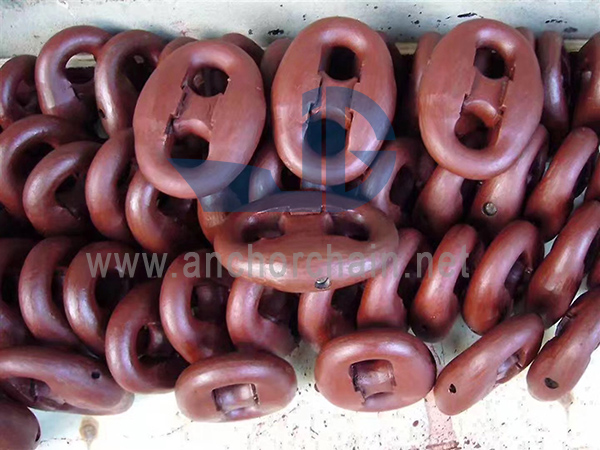Deciphering the Design and Construction of Connecting Link Kenters: A Closer Look at a Crucial Chain Component
2024-03-21
In the realm of heavy-duty chains and industrial rigging, the Connecting Link Kenter stands as a silent but indispensable hero. Often overlooked, yet crucial to the integrity and functionality of chain systems, the design and construction of this small but mighty component play a pivotal role in ensuring safety and reliability across various applications. Let's delve into the intricacies of the Connecting Link Kenter, uncovering its design principles and construction nuances.
Understanding the Design:
At its core, the design of a Connecting Link Kenter is engineered for strength, durability, and ease of use. While specific designs may vary slightly depending on the manufacturer and intended application, most Connecting Link Kenters share common features:
1. Main Body: The central element of the Kenter, typically shaped like a link, serves as the primary connector between two lengths of chain. This component is crafted from high-strength materials, such as alloy steel, to withstand heavy loads and harsh operating conditions.
2. Pins or Bolts: These are essential for securing the connection between the chain links. They are inserted through holes in the main body and fastened tightly to ensure a secure and reliable joint. Depending on the design, these pins or bolts may be removable or permanent.
3. Locking Mechanism (Optional): Some Connecting Link Kenters feature a locking mechanism to prevent the pins or bolts from loosening due to vibration or movement. This additional safety feature provides added peace of mind, particularly in high-stress environments.
Construction Techniques:
The construction of a Connecting Link Kenter involves precision engineering and meticulous craftsmanship to ensure optimal performance and reliability. Here's a glimpse into the construction techniques typically employed:
1. Forging: The main body of the Connecting Link Kenter is often forged from a single piece of high-strength steel or alloy. This forging process involves heating the metal to a high temperature and then shaping it using compressive force. This results in a component with superior strength and durability.
2. Machining: After forging, the Connecting Link Kenter undergoes machining processes to refine its shape and dimensions. This may include drilling holes for the insertion of pins or bolts, as well as creating smooth surfaces for optimal functionality.
3. Heat Treatment: To enhance the mechanical properties of the steel or alloy, the Connecting Link Kenter may undergo heat treatment processes such as quenching and tempering. These treatments help improve hardness, toughness, and resistance to wear and corrosion, ensuring long-term durability in demanding environments.
Conclusion:
While the Connecting Link Kenter may appear unassuming at first glance, its design and construction are anything but simple. Engineered for strength, reliability, and ease of use, this small yet crucial component plays a vital role in the integrity and functionality of chain systems across various industries. By understanding the intricacies of its design and construction, we gain a deeper appreciation for the craftsmanship and engineering excellence that underpin the reliability and safety of chain operations worldwide.



